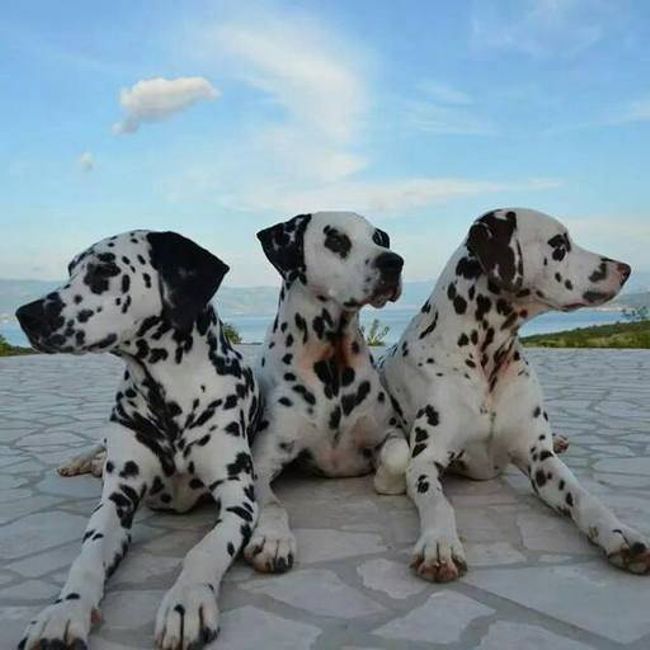Knocking on heaven's door
Tihchhuah a ni: 20.11.2018
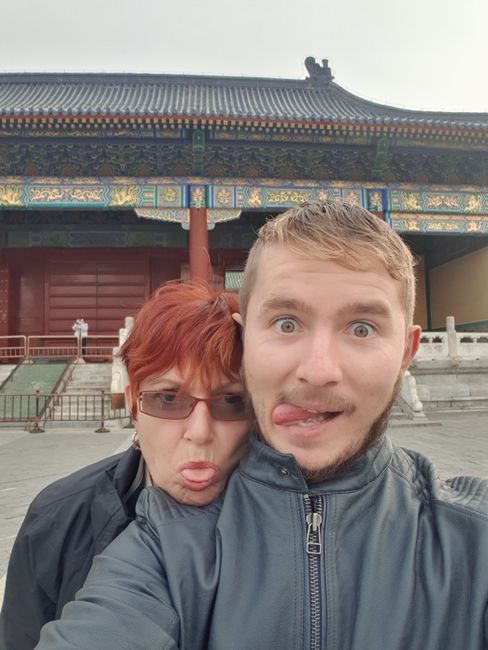
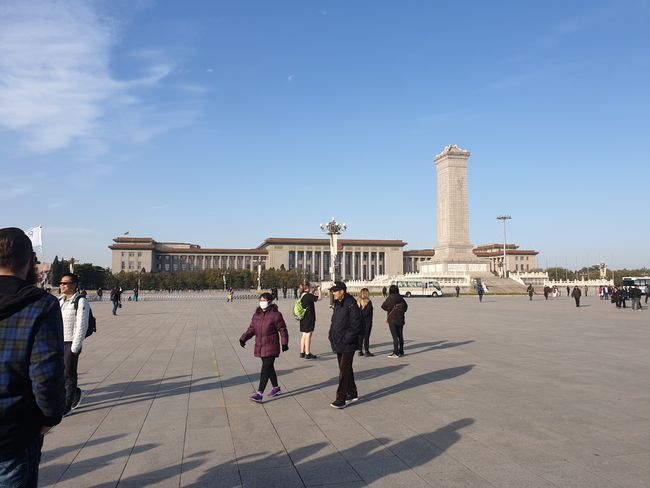
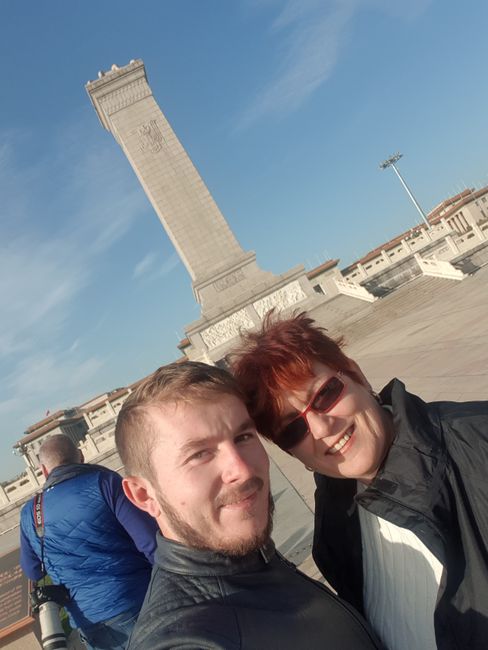
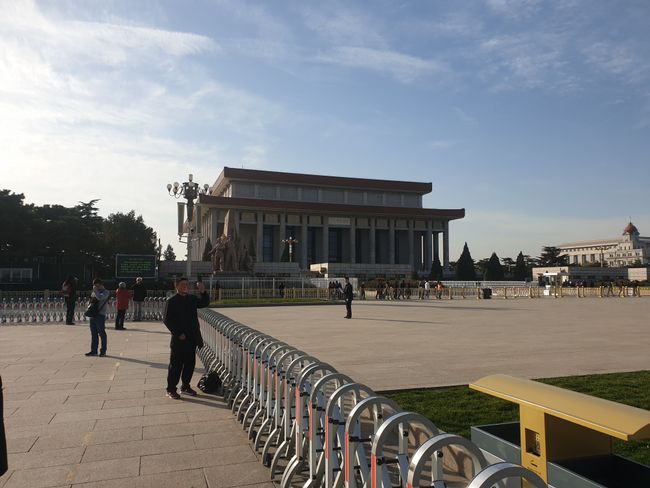
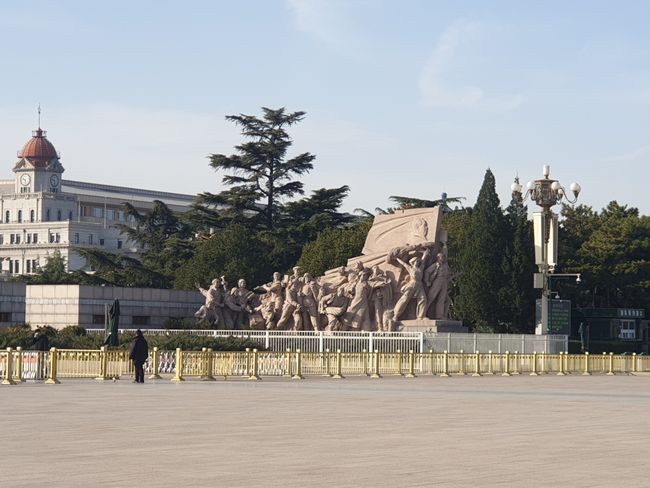
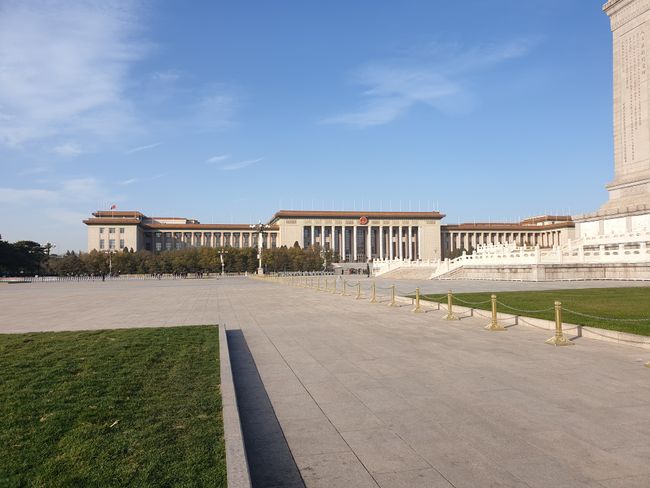
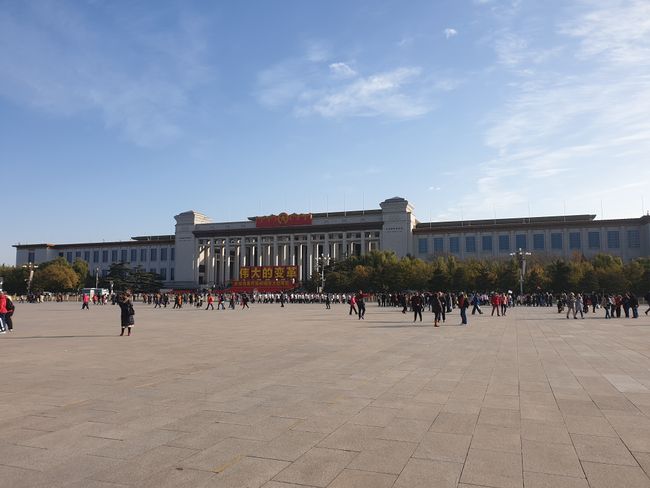
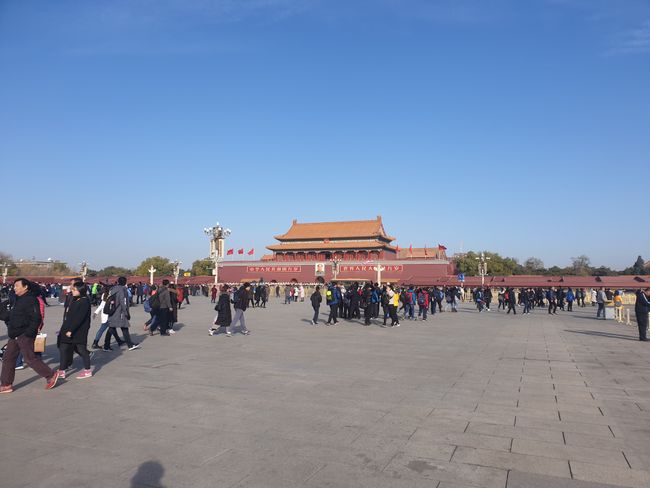
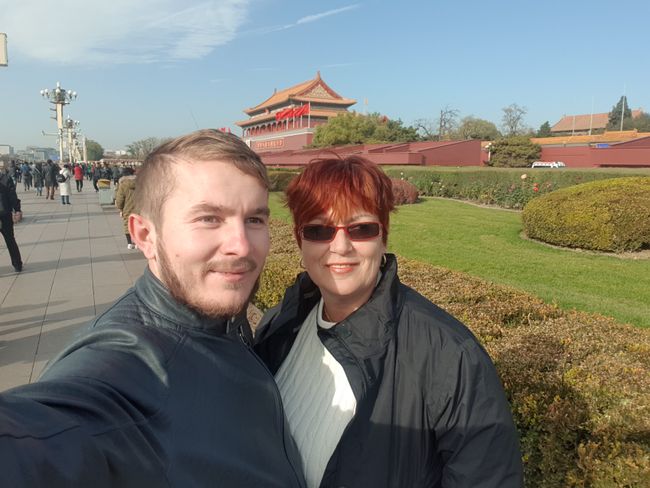
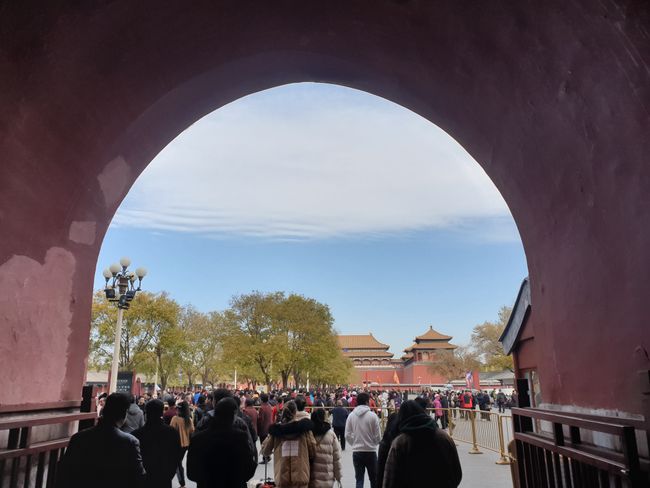
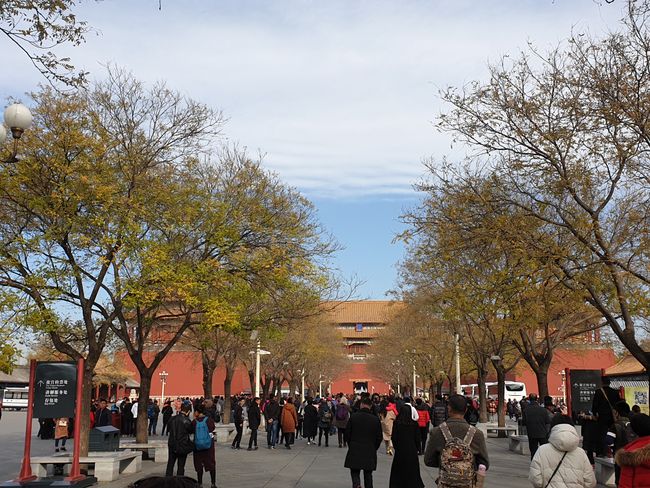
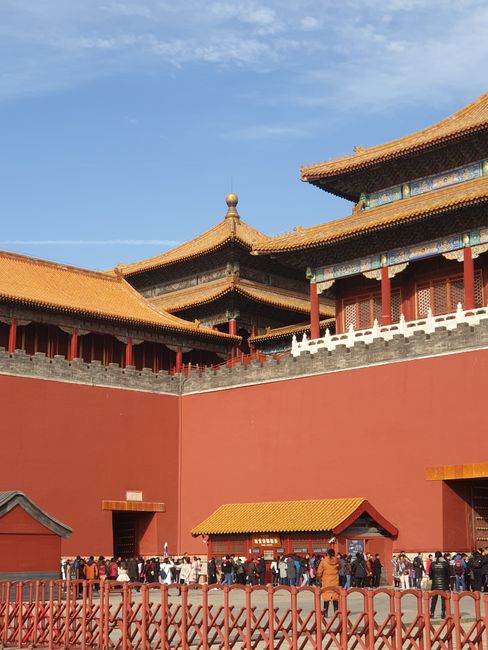
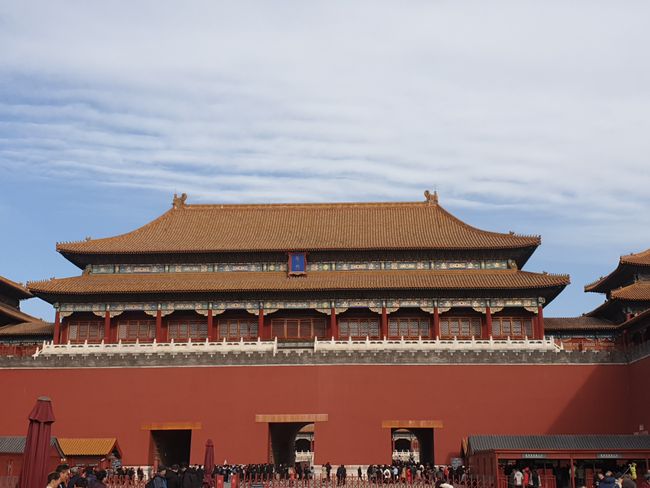
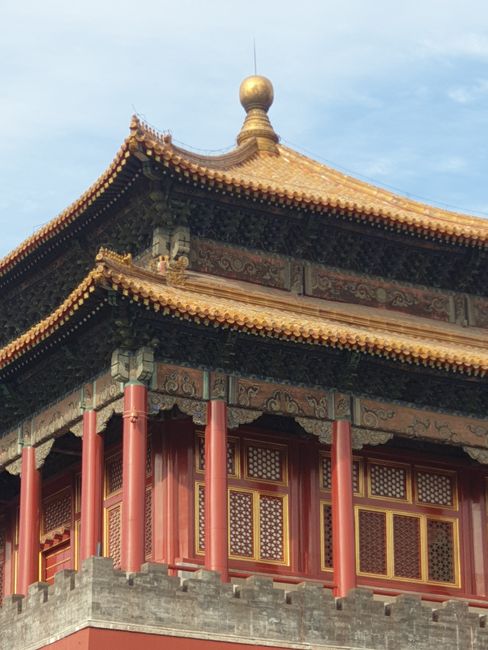
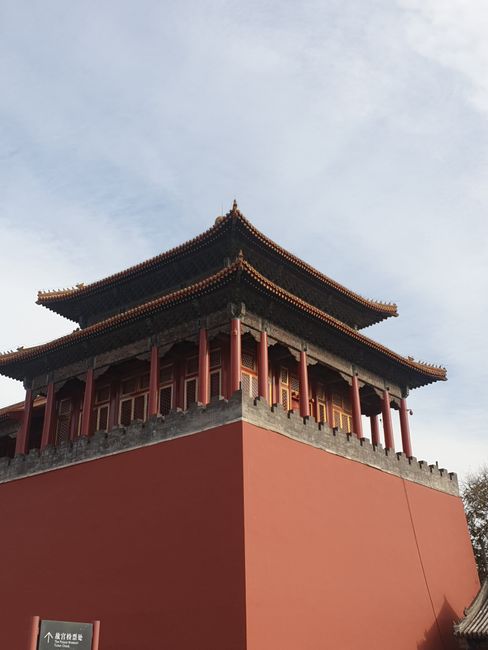
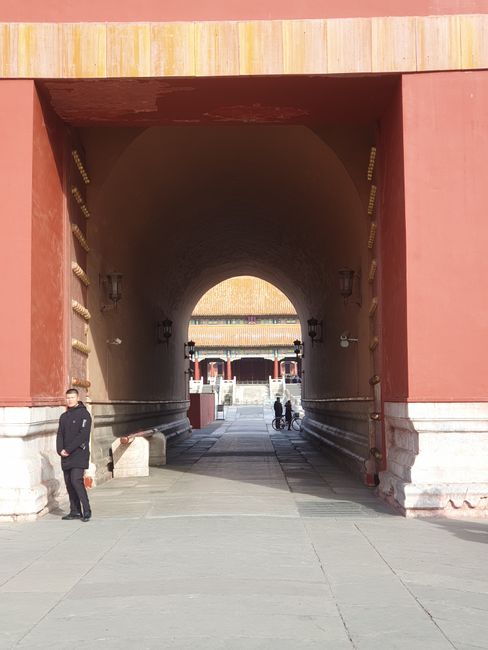
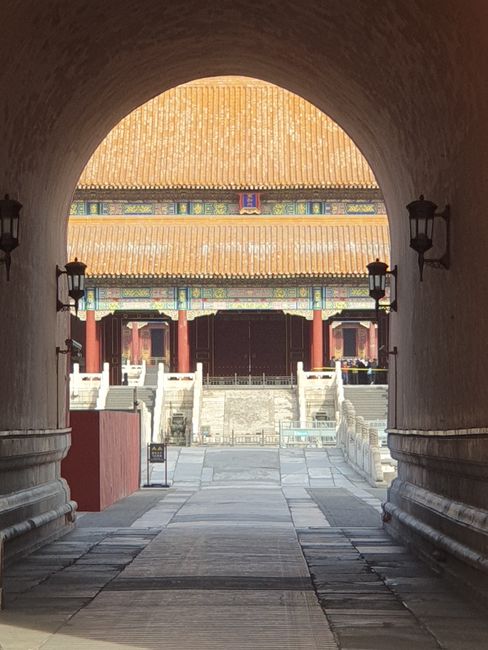
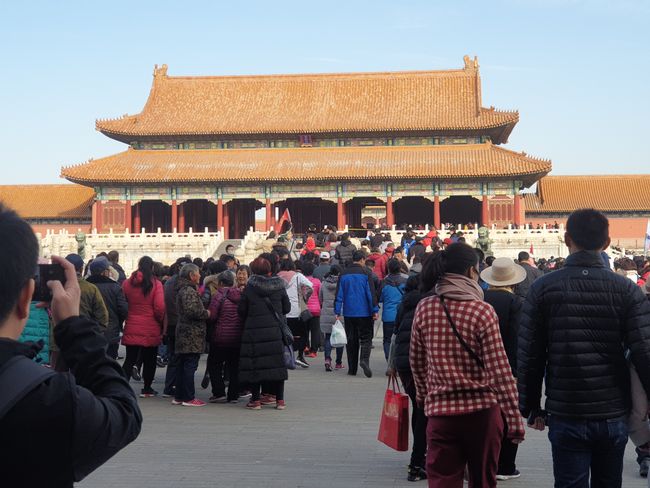
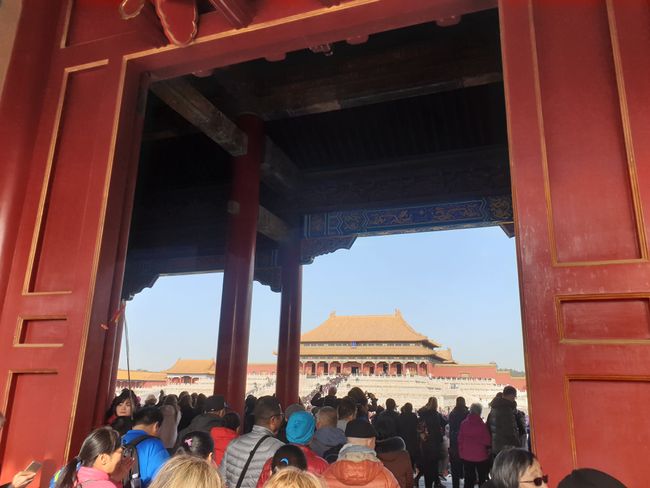
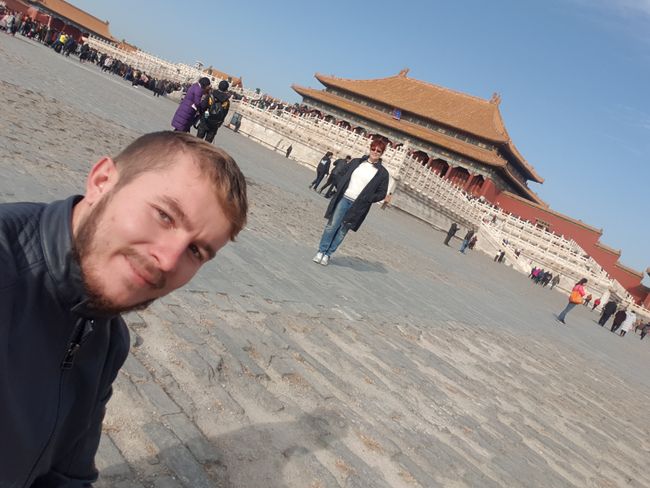
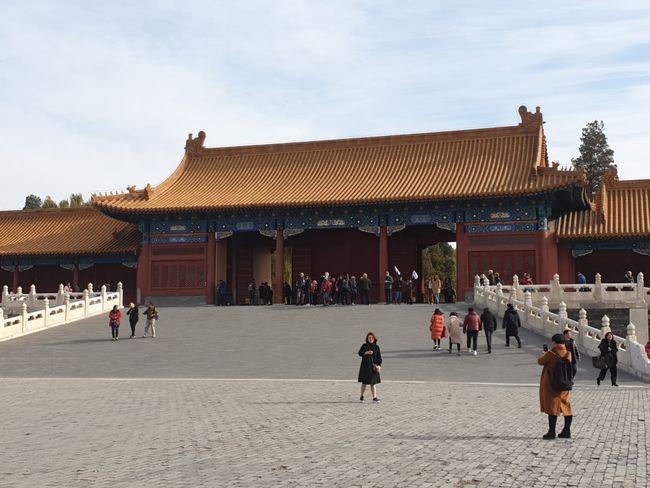
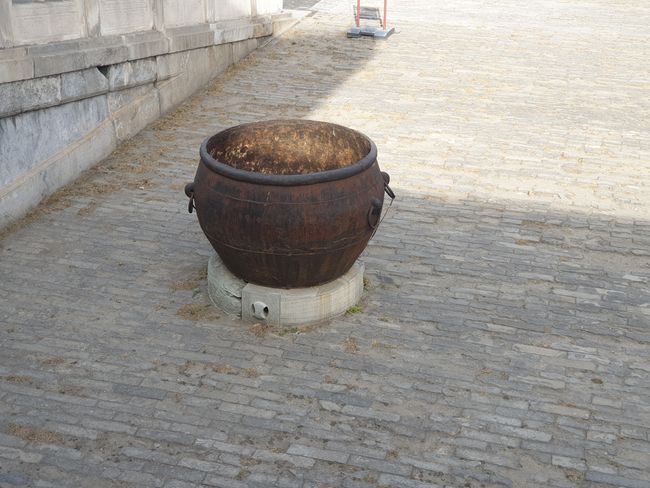
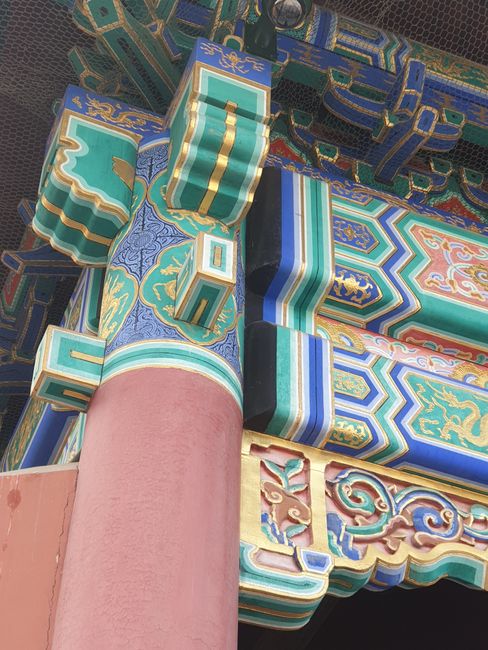
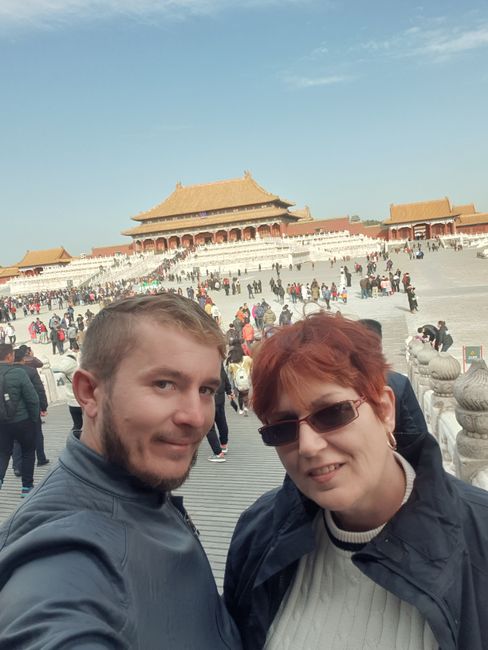
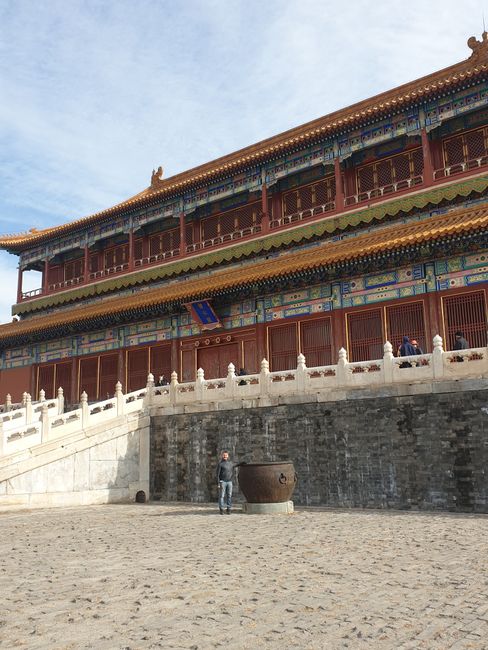
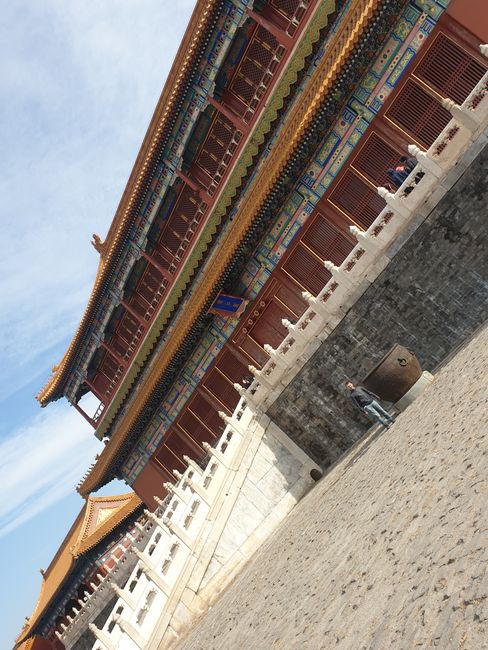
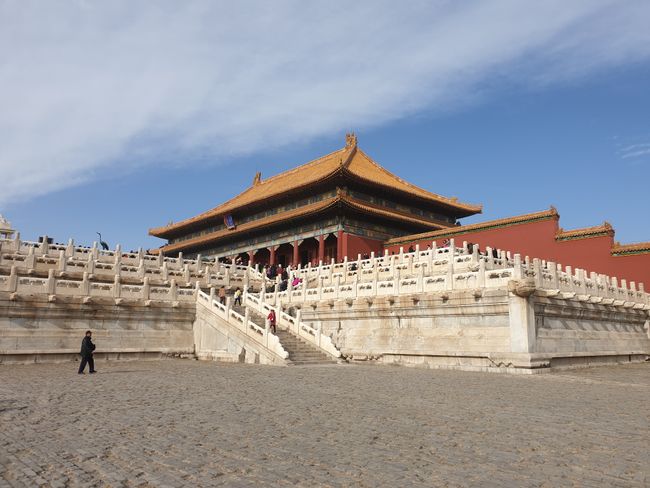
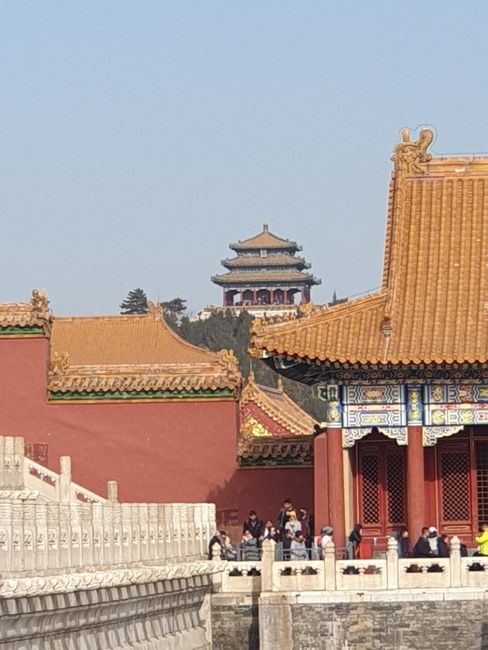
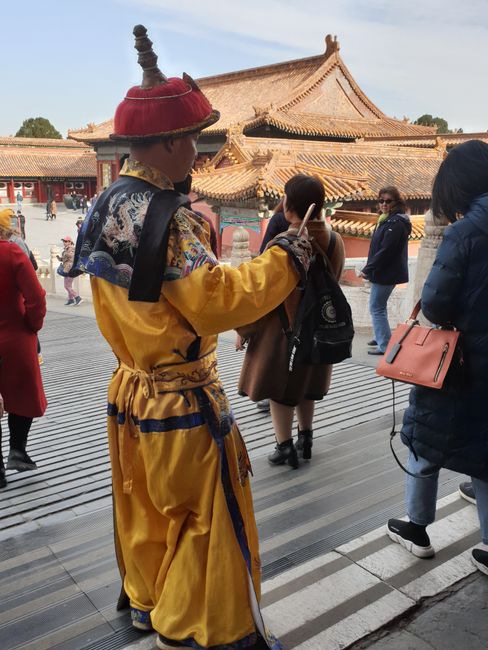
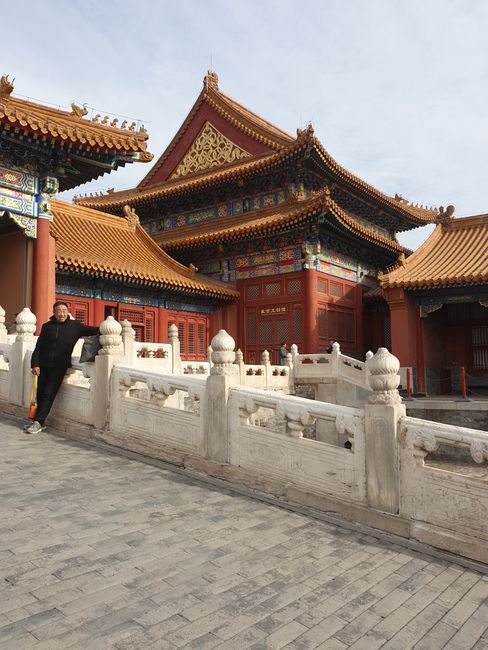
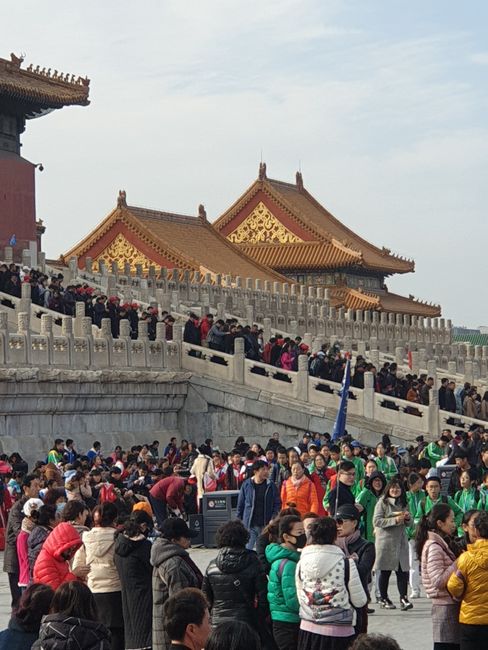
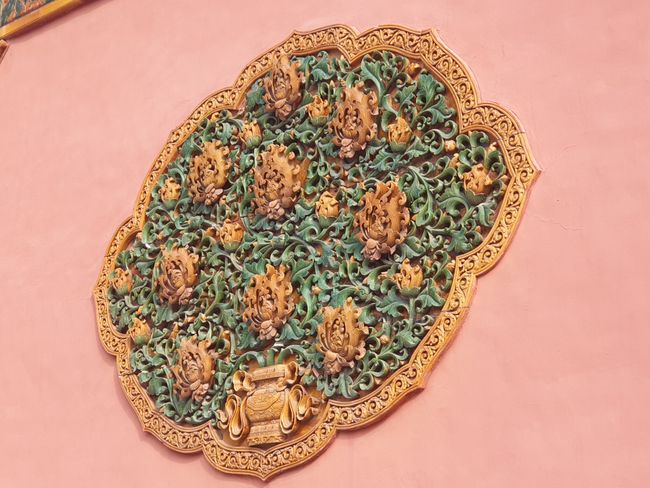
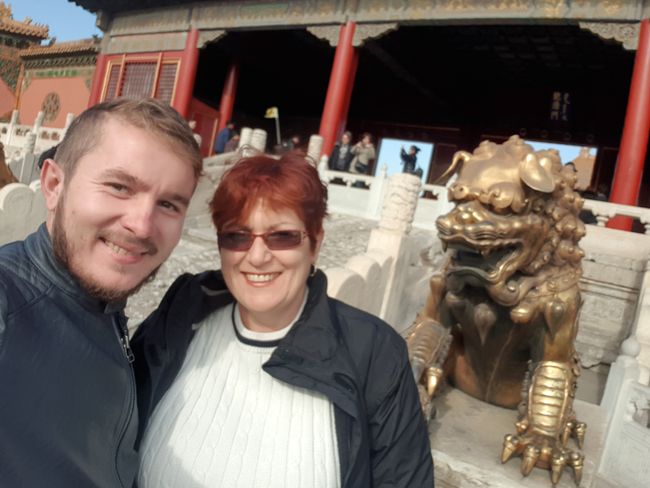
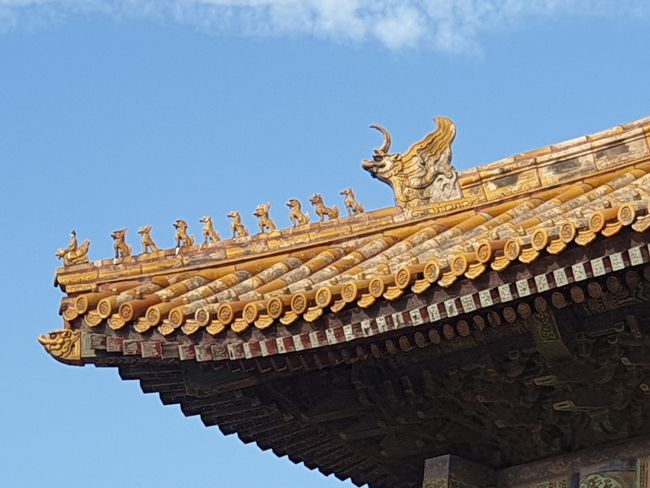
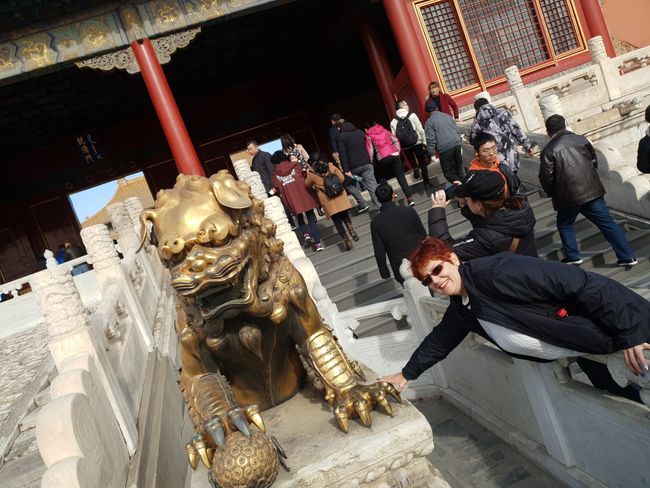
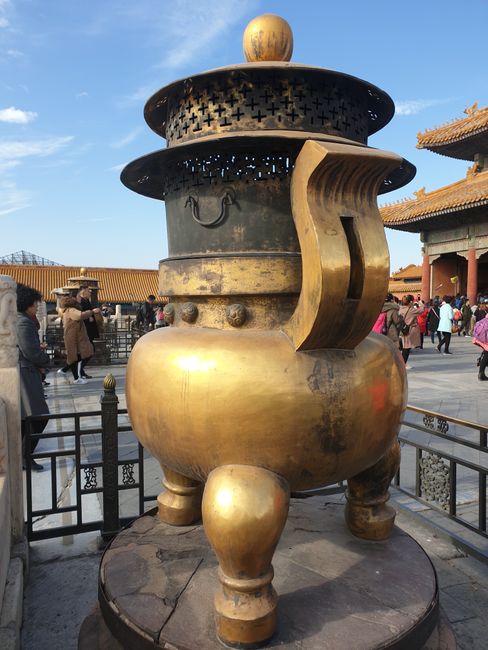
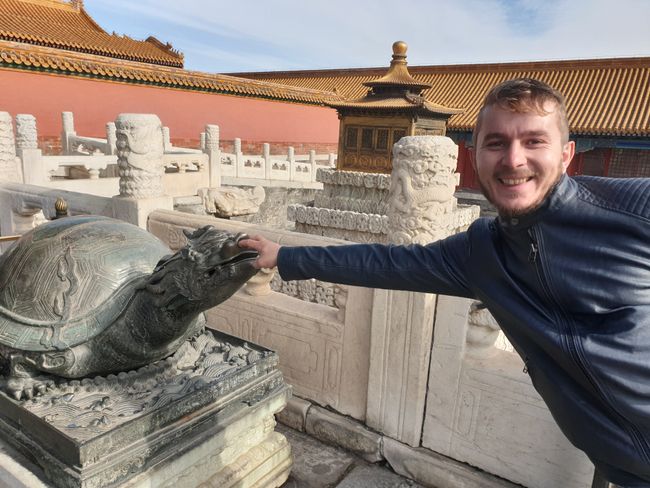
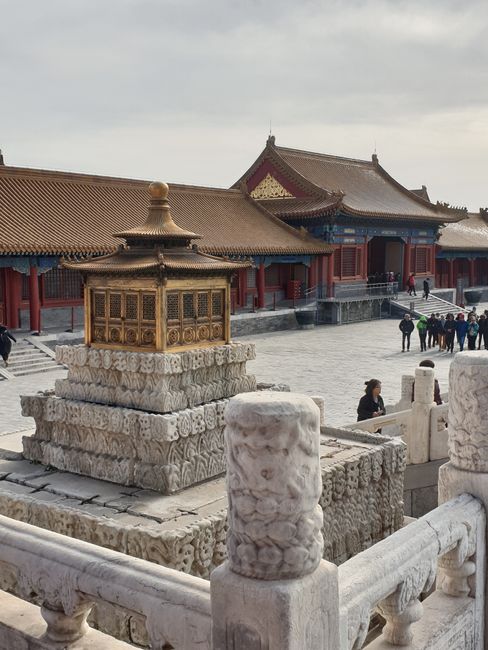
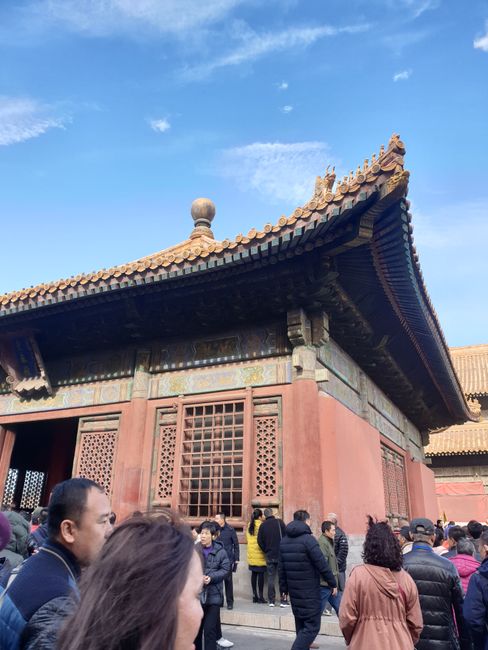
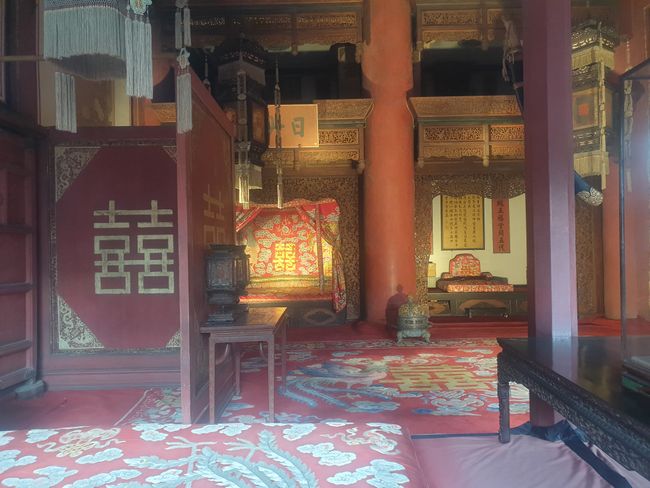
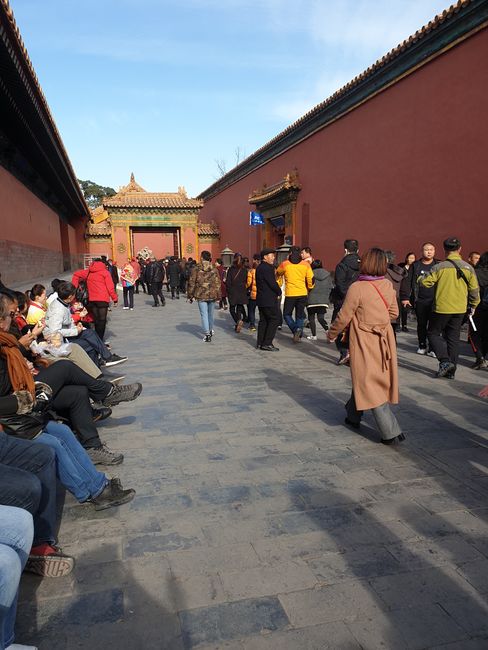
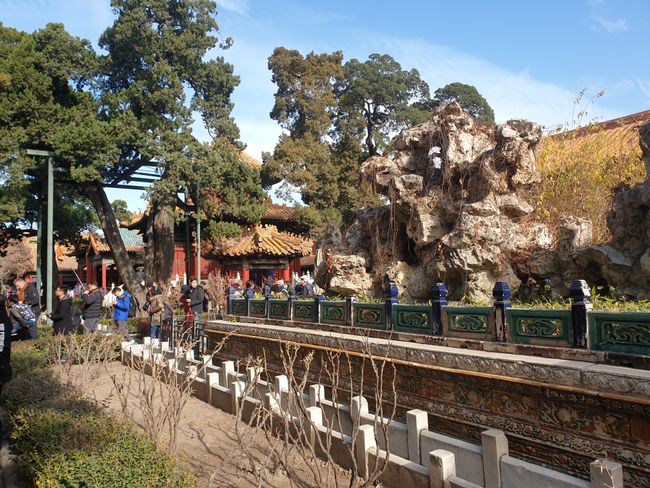
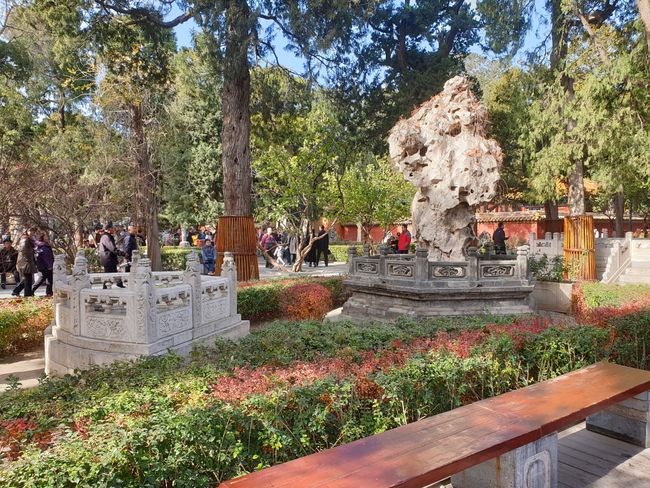
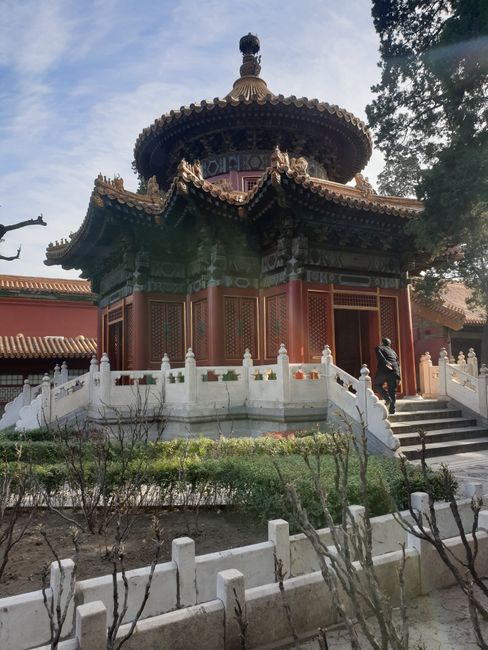
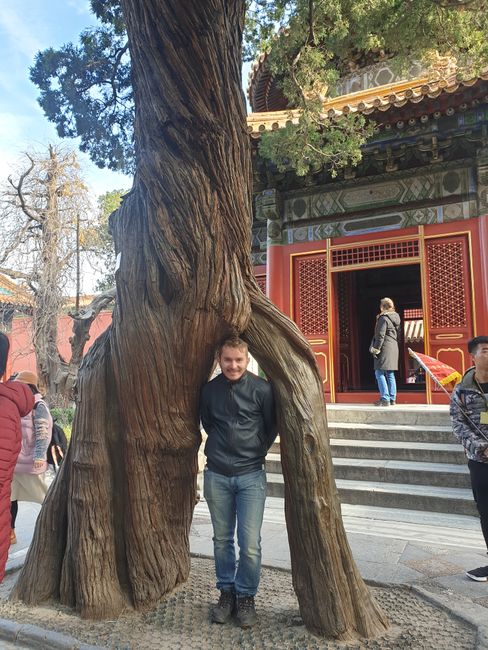
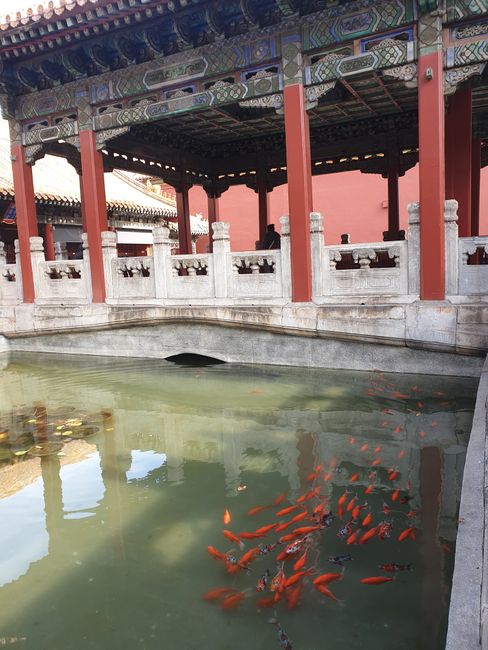
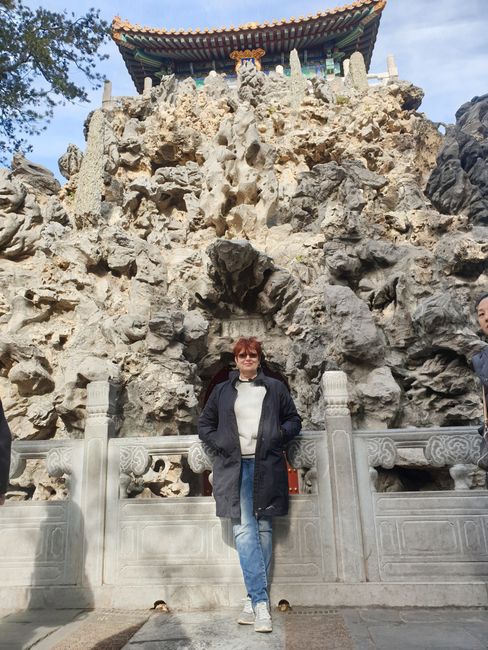
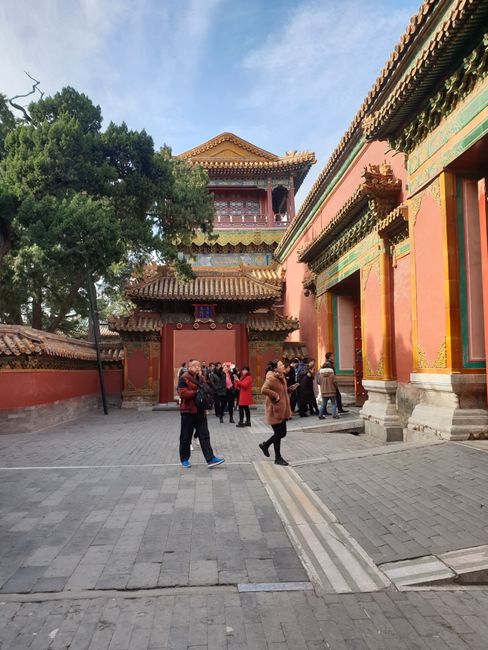
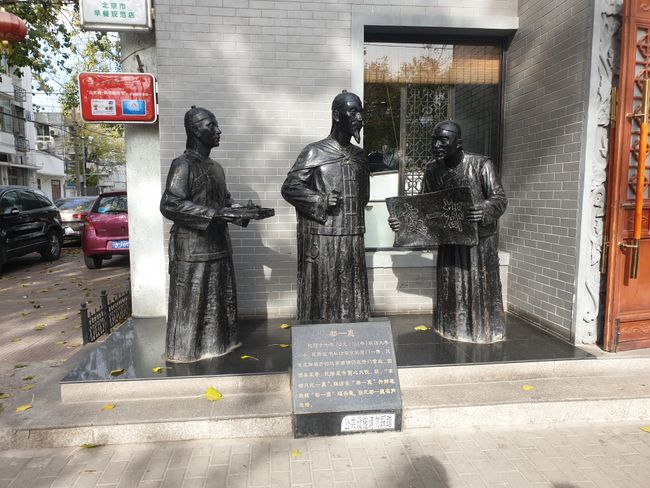
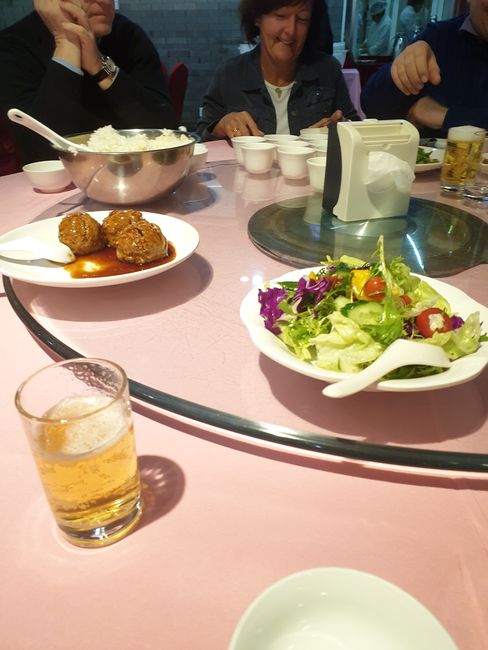
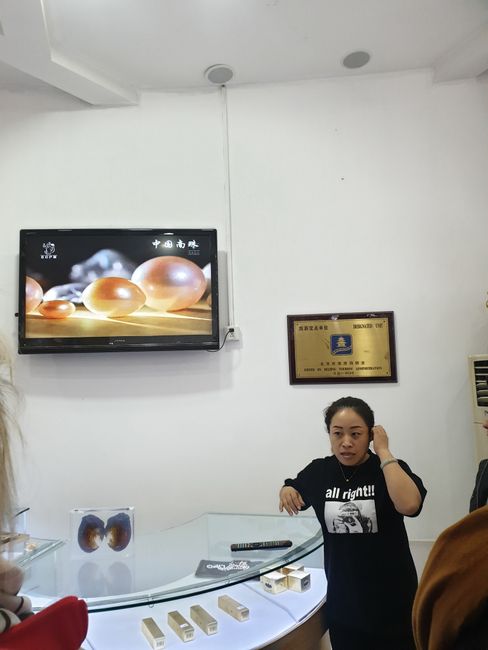
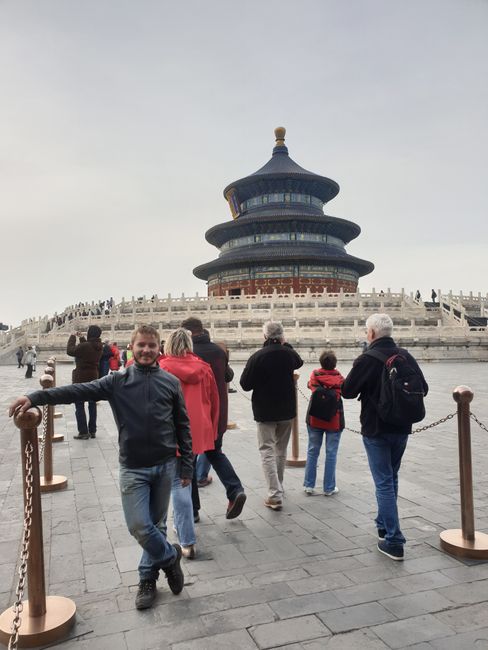
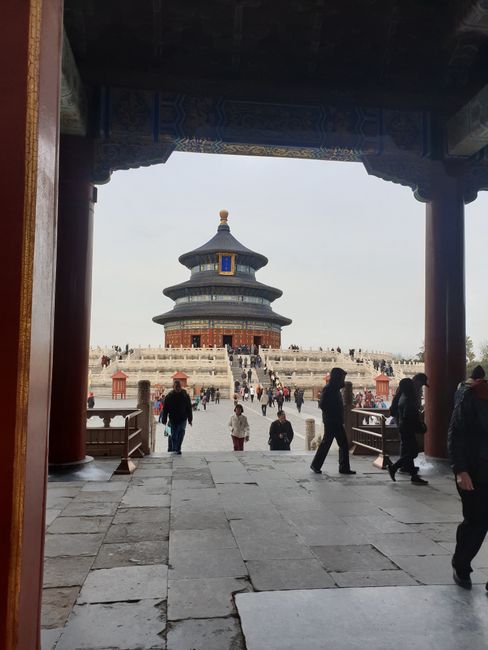
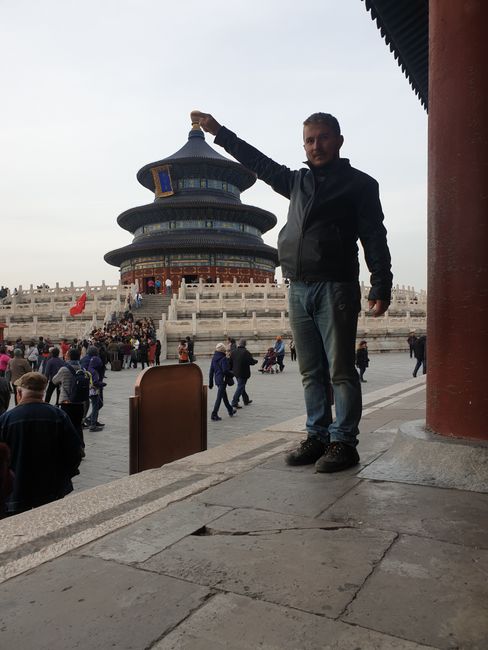
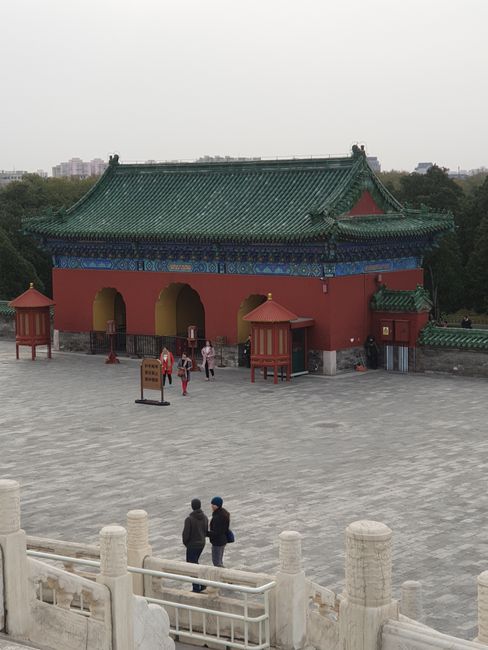
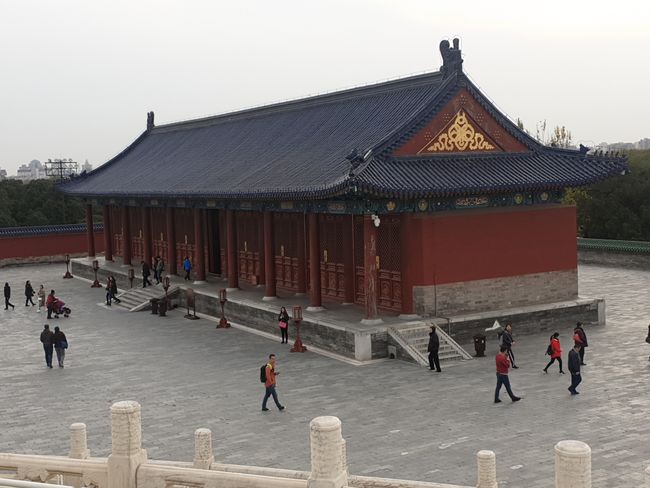
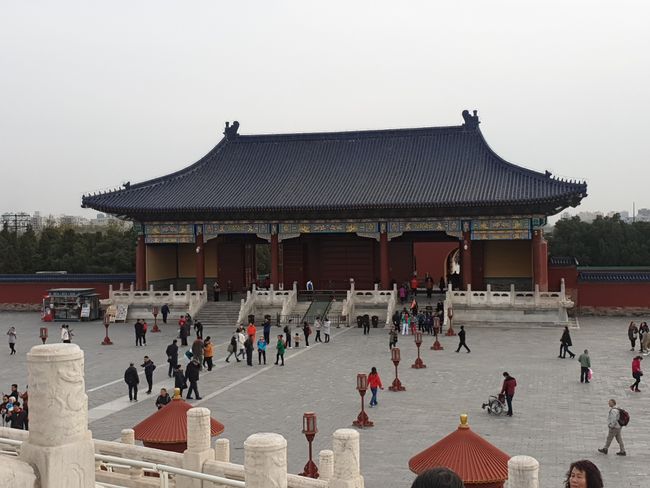
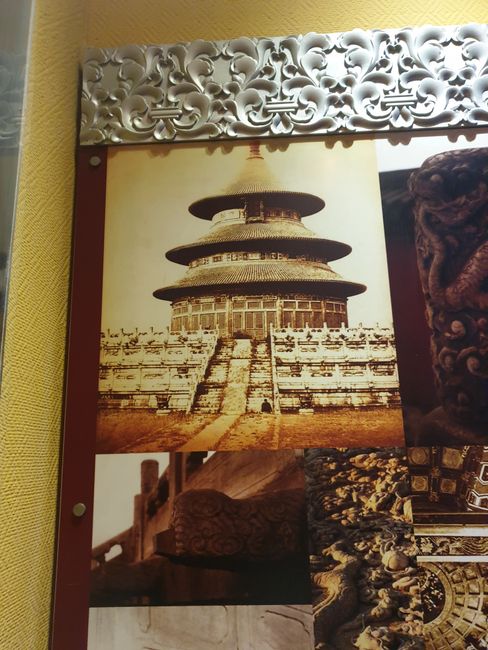
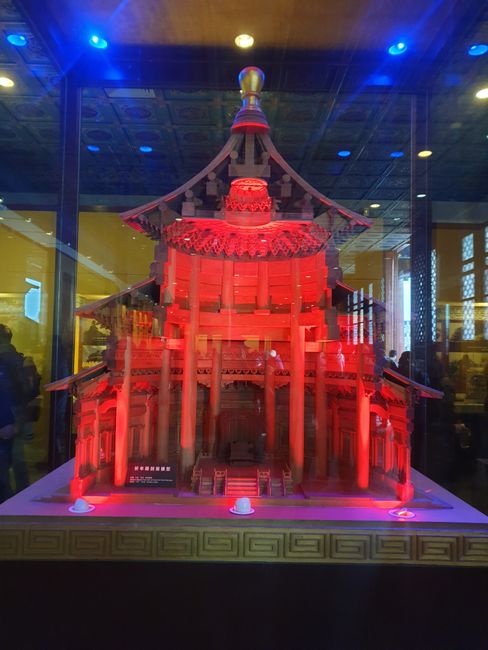
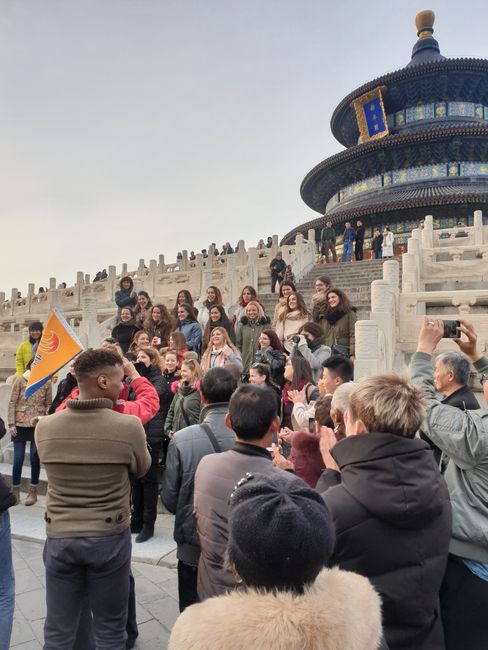
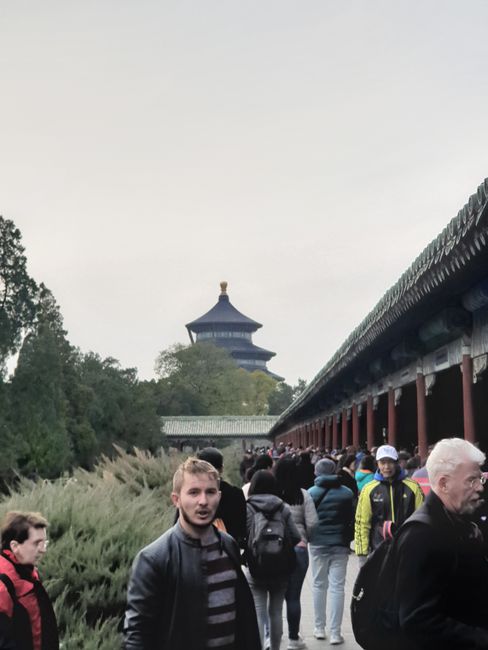
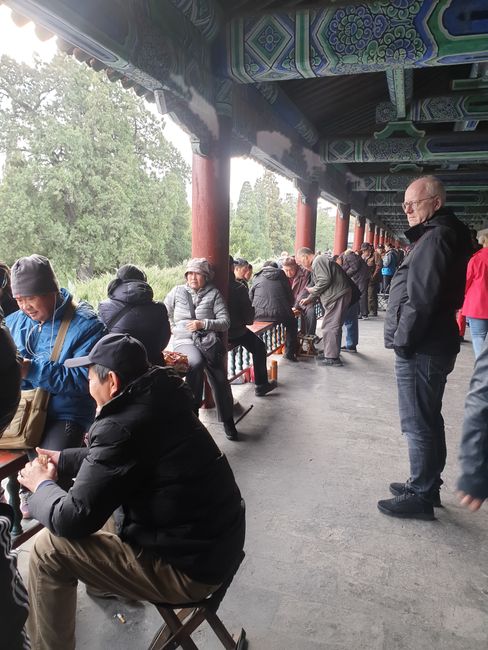
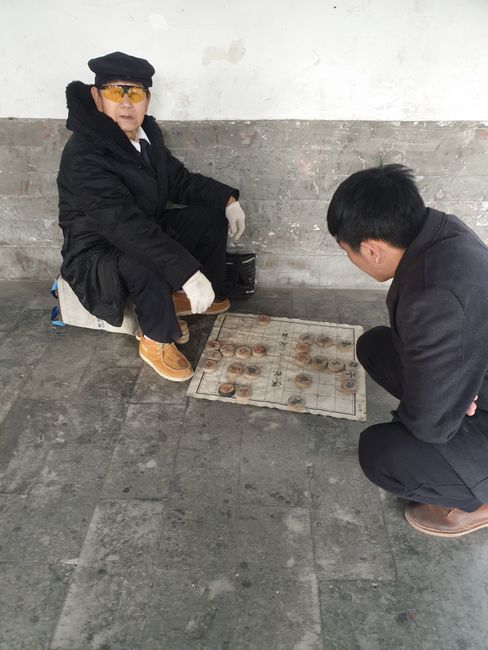
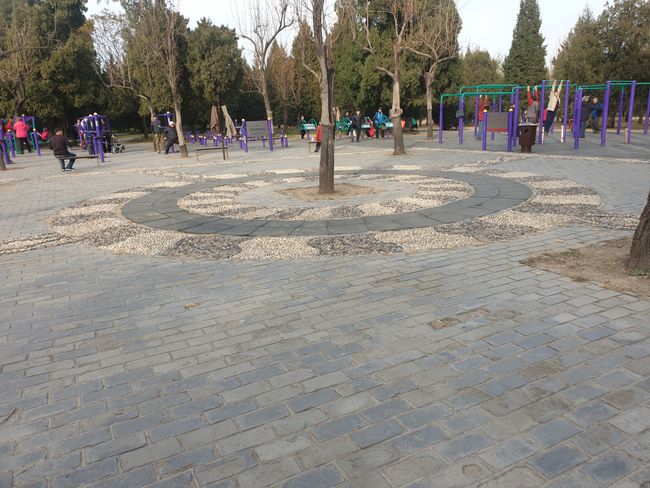
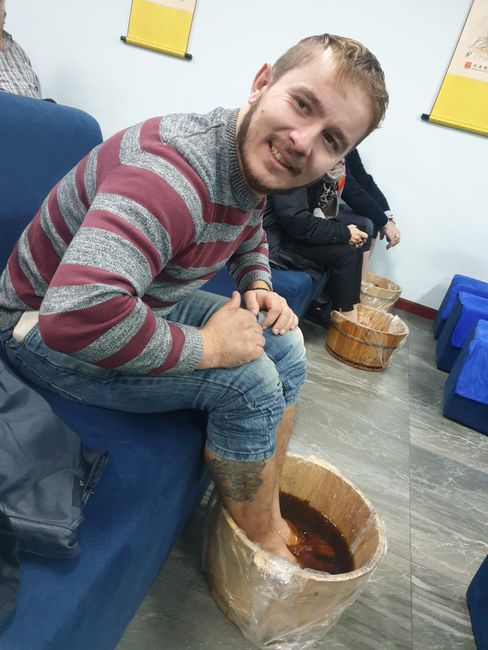
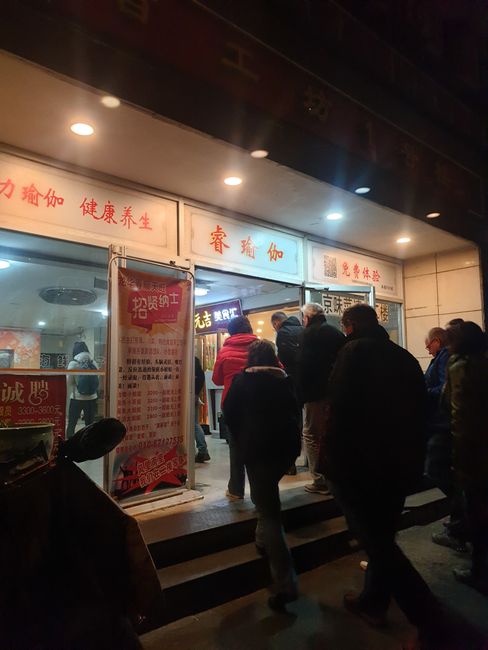
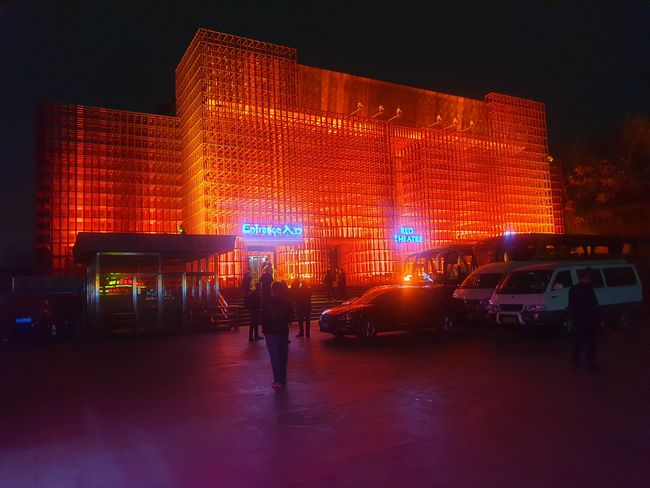
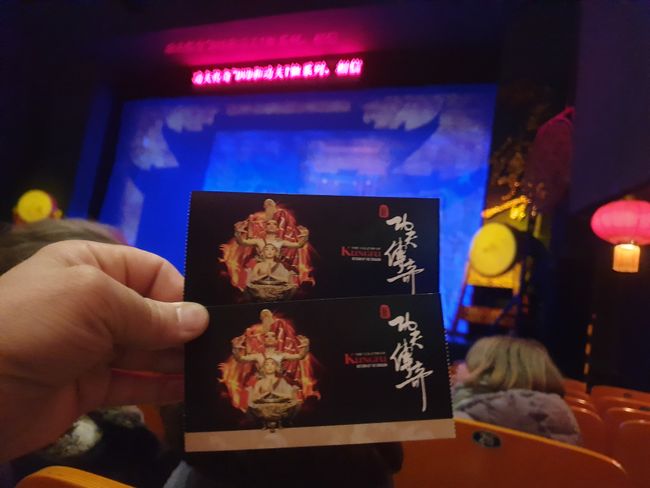
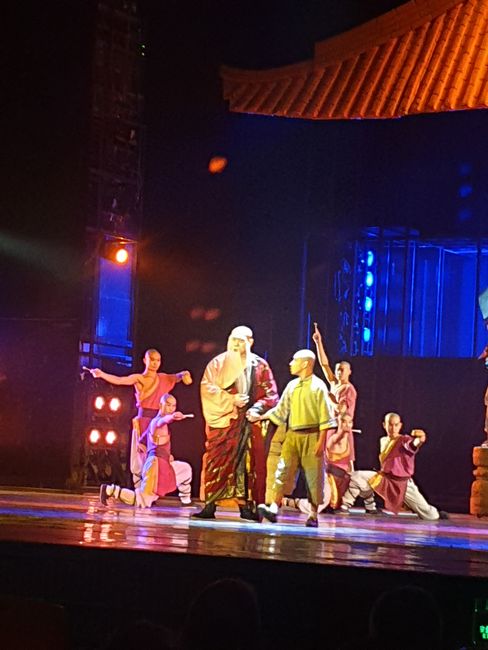
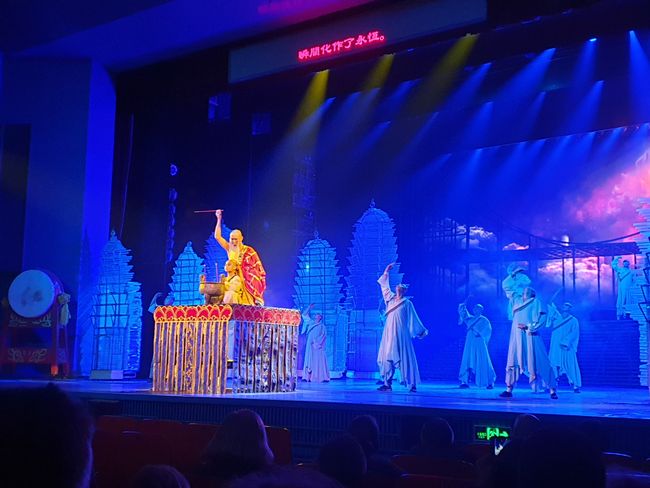
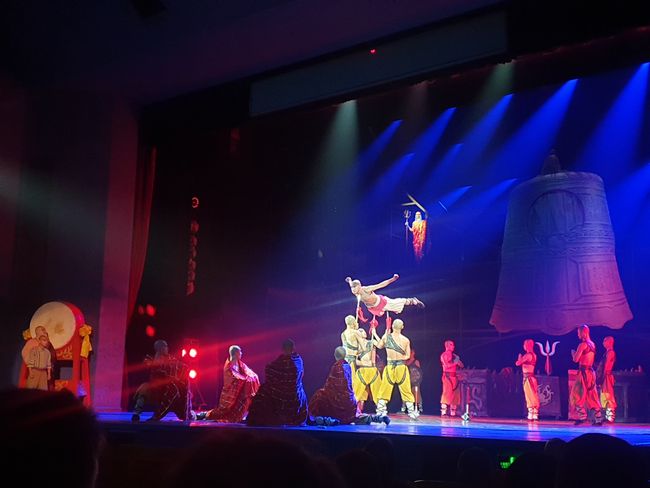
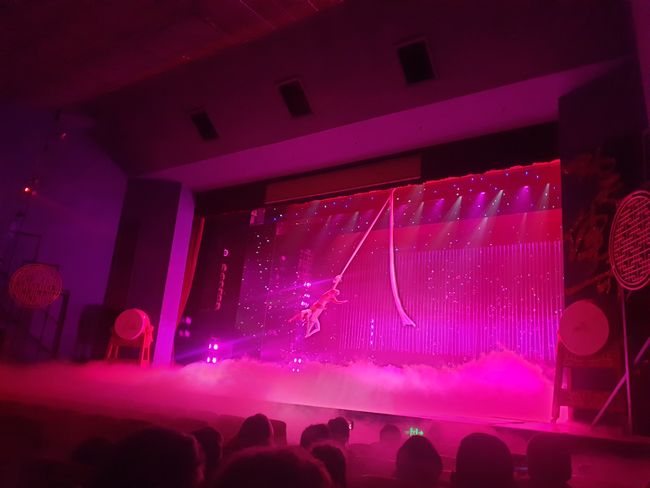
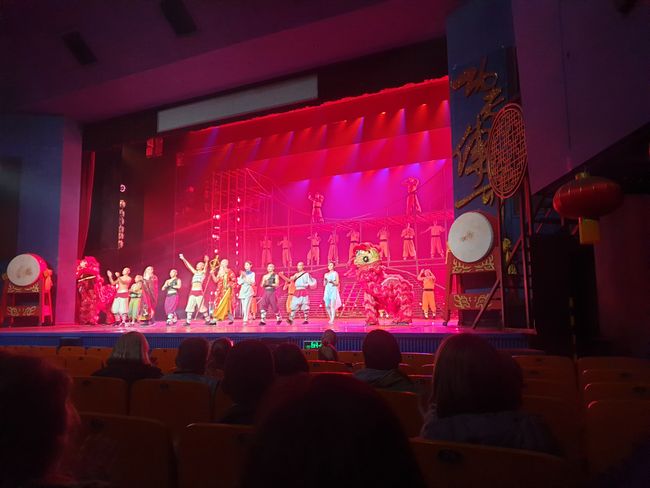
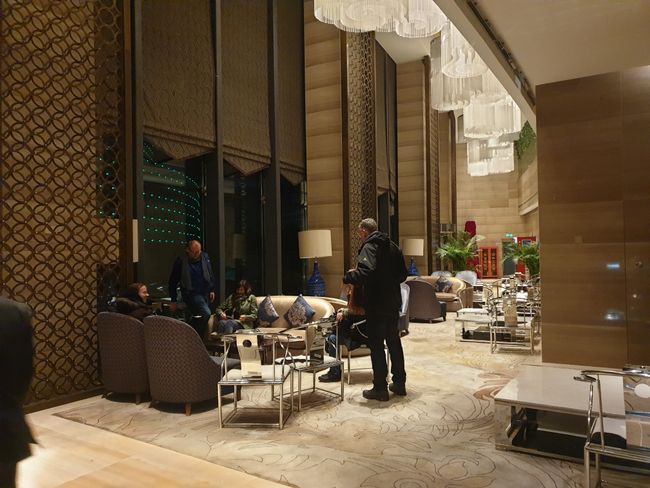
Newsletter hi subscribe ve rawh
What a day! Obviously the jet lag got us. After falling asleep immediately yesterday, we woke up again at 2:30 am and couldn't fall back asleep. We finally fell into a deep sleep at 5 o'clock, from which even the alarm clock couldn't wake us up. It was only the ringing of the phone that abruptly pulled us out of our dreams. Our friendly tour guide inquired about our whereabouts. In record speed, we threw on our clothes and ran down the long way to the lobby. Man, it was embarrassing to walk through the bus. Thank goodness we have a very nice tour group that kindly accepted our delay.
As we heard, we missed two different breakfasts. One...was nothing special and most of it was cold - especially the coffee...', the other one, '...was simply fantastic, a rarely seen selection of hot and cold dishes...'. Well, we hope to see for ourselves tomorrow.
On the way to Tian'anmen Square, we had enough time to fully wake up. Bright blue sky at 9 degrees and a light wind did the rest. The size of the square alone is impressive. It's twice as big as Red Square in Moscow. In addition, it is also surrounded by four striking buildings. There's the dark building of the Mao Mausoleum. Then the huge People's Congress Hall. Across from it is the Museum of History, and to the north is the gate to the Forbidden City.
This gate has five entrances. The middle and largest one was reserved for the emperor, after all we were only allowed to enter through a side gate, which otherwise only high officials and once in a lifetime even the empress were allowed to enter the Forbidden City.
In front of us, there was a courtyard that looked like a film set. Just like in the time of the emperors, there's a military building on one side of the courtyard, but now it's on the opposite side. Through the next gate, framed on one side by the Bell Tower and on the other by the Drum Tower, you enter the government area. Back then, there were 999 rooms available. On three terraces, there's a pavilion where the emperor resided. In China, the emperor was considered the son of Heaven. To impress the guests, large amounts of incense were used to create the impression that the emperor was sitting in the clouds. Just the size of the complex itself is impressive, it probably didn't take much to inspire awe in people.
Since we missed breakfast, we bought two coffees, a water, and some cookies at the museum restaurant. And again, the cappuccino was delicious.
Through another gate, we reached the living quarters of the emperor, where he lived with his family. Unfortunately, none of the rooms in the entire complex were allowed to be entered. Only in the wedding room could you catch a glimpse through large glass panes.
The gardens were connected to the living quarters. One could easily imagine the empress and concubines strolling here. However, considering that none of these ladies were ever allowed to leave the palace... is that where the saying 'sitting in a golden cage' comes from?
After visiting the Forbidden City, we went to lunch. The restaurant has been in operation since 1378 and was visited by the emperor, among others. Our lunch at the round table was very tasty. Just like yesterday evening, we were offered typical dishes from the region.
Our tour guide assured us that this is a typical meal even for a Chinese family outing.
After a refreshing break, we went to our next destination, a pearl factory. After a short video about the cultivation of freshwater and saltwater pearls, we could take our time to browse the wide range of products and, if desired, take home a souvenir or a pearl worth a small car.
Next, we went to the Temple of Heaven. Twice a year, during Chinese New Year and the summer solstice, the emperor came here to pray. It must have been very difficult to carry the emperor's sedan chair 5 kilometers over unpaved paths. In the Temple of Heaven, we learned a lot about Chinese symbolism. The number three plays an interesting role, for example: there are often three terraces, three floors, three roofs. And often, they symbolize the three realms of Heaven, Man, and Earth. This is further emphasized by the choice of colors. Originally, the temple was tricolored. The upper floor was blue, the middle one was golden, and the lower one was green.
The two pavilions also had a special meaning. One was dedicated to Earth and the elements of Earth, Water, Metal, Plants, and Gold. The other one was dedicated to Air and its elements of Thunder, Lightning, Wind, Rain, and Sun. Today, both pavilions house exhibitions on the topic of Heavenly Palace.
The area in front of the Heavenly Palace was also interesting. For example, the arcades are used as a 'casino' where men and women gather to play cards or board games. And in the park in front, there are several permanently installed sports equipment to play Chinese football and even a path for a foot massage.
We were also allowed to engage in some sports activities here, but no one wanted to walk barefoot on the foot massage stones in this temperature. ;-)
Instead, we received a foot massage and, if desired, a back massage at a Chinese health center. Those who wanted could also be examined by a traditional Chinese medicine doctor and of course take home the appropriate medication. Both massages were a treat and definitely worth their price of about 3€ each.
Next, we went to dinner. The round table and the dishes were already familiar to us. However, the quantity here was not as generous as yesterday or even at lunch today.
After dinner, we went to the Red Theater to watch a Kung Fu show. This show was an additional optional activity. It lasted about an hour and we really enjoyed it.
We returned to our hotel at 9:35 pm, where some of us had a beer. But since the lobby bar was uncomfortably cool for our standards, one beer was enough.
Exhausted but full of new impressions, we are already looking forward to the next exciting day.
Newsletter hi subscribe ve rawh
Chhanna
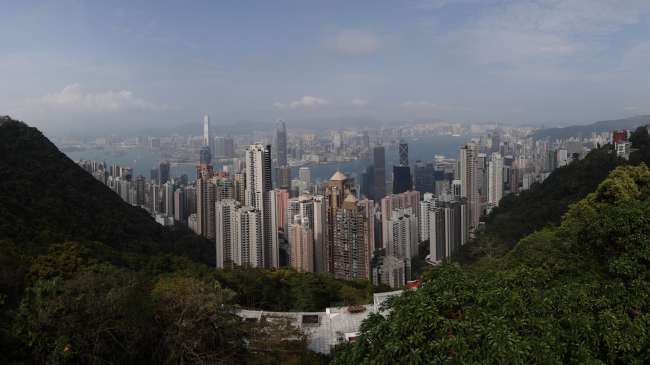
Khualzin report China ram a ni

